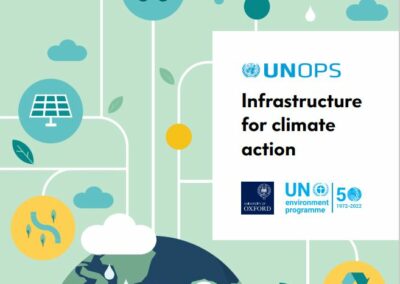Abstract
This study attempts to reconcile the conflicting results reported in the literature concerning the behavior of peak-over-threshold (POT) daily rainfall extremes and their distribution. By using two worldwide data sets, the impact of threshold selection and record length on the upper tail behavior of POT observations is investigated. The rainfall process is studied within the framework of generalized Pareto (GP) exceedances according to the classical extreme value theory (EVT), with particular attention paid to the study of the GP shape parameter, which controls the heaviness of the upper tail of the GP distribution. A twofold effect is recognized. First, as the threshold decreases, and nonextreme values are progressively incorporated in the POT samples, the variance of the GP shape parameter reduces and the mean converges to positive values denoting a tendency to heavy tail behavior. Simultaneously, the EVT asymptotic hypotheses are less and less realistic, and the GP asymptote tends to be replaced by the Weibull penultimate asymptote whose upper tail is exponential but apparently heavy. Second, for a fixed high threshold, the variance of the GP shape parameter reduces as the record length (number of years) increases, and the mean values tend to be positive, thus denoting again the prevalence of heavy tail behavior. In both cases, i.e., threshold selection and record length effect, the heaviness of the tail may be ascribed to mechanisms such as the blend of extreme and non-extreme values, and fluctuations of the parent distributions. It is shown how these results provide a link between previous studies and pave the way for more comprehensive analyses which merge empirical, theoretical, and operational points of view. This study also provides several ancillary results, such as a set of formulae to correct the bias of the GP shape parameter estimates due to short record lengths accounting for uncertainty, thus avoiding systematic underestimation of extremes which results from the analysis of short time series.
Rainfall extremes: Toward reconciliation after the battle of distributions. Water Resources Research, 50(1): 336–352. Doi: 10.1002/2013WR014211
Authors
Serinaldi, F. and Kilsby, C.G.


